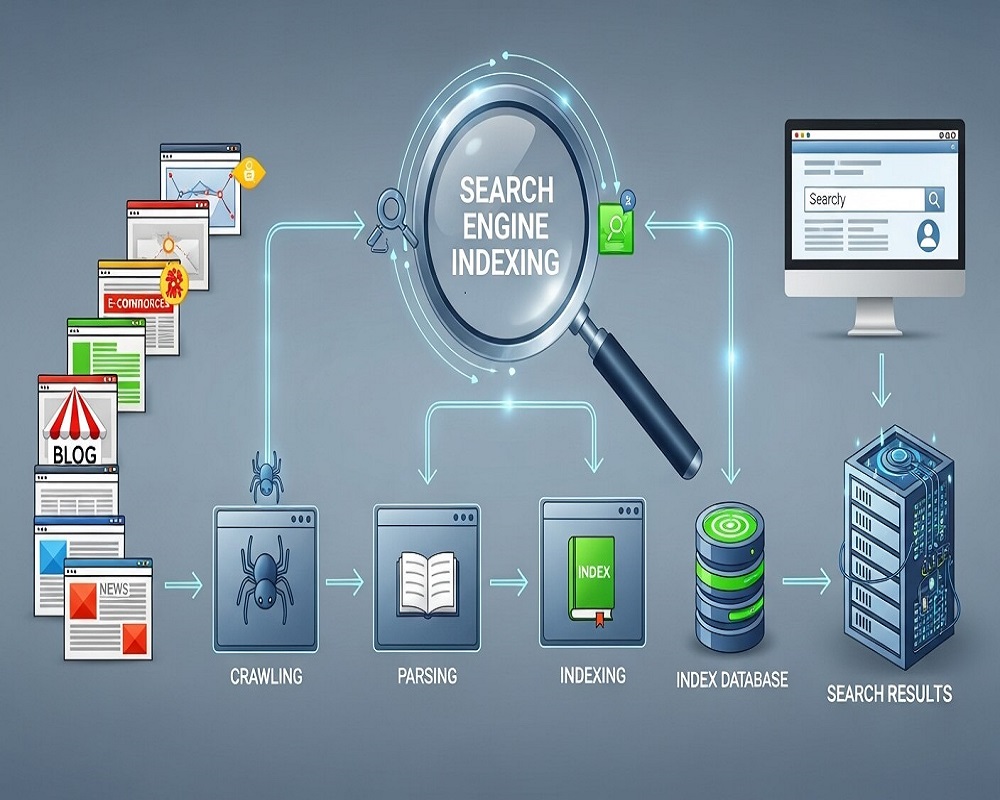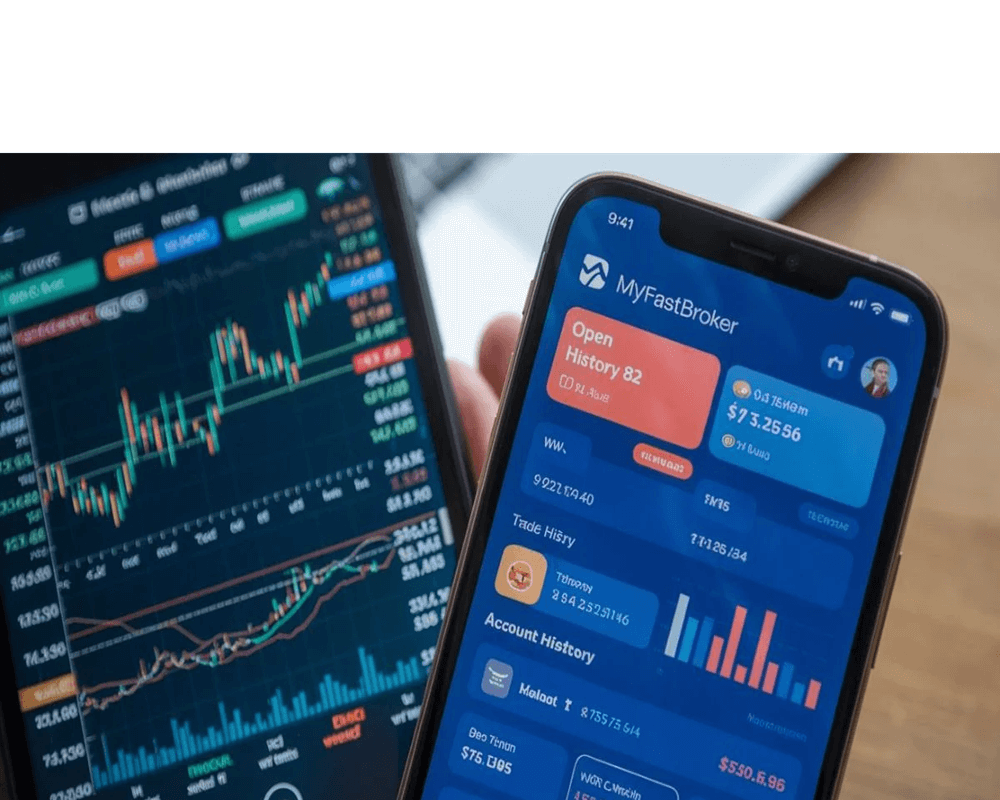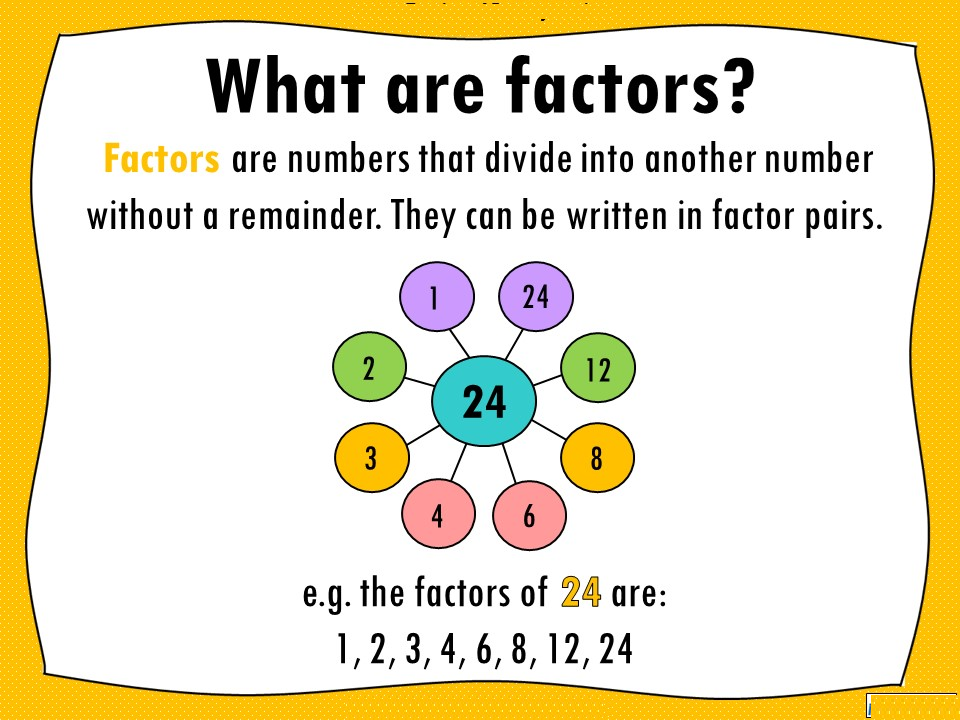Introduction to Search Engine Indexing
Search engines are the backbone of the internet, enabling users to navigate billions of web pages and find relevant information in milliseconds. At the heart of this capability lies the search engine indexing process—a sophisticated system that organizes vast amounts of data for rapid retrieval. Without indexing, searching the web would be like rummaging through an unorganized library without a catalog, making it nearly impossible to locate specific content efficiently.
Search engine indexing is the process of collecting, parsing, and storing web content in a structured database, known as an index, to facilitate fast and accurate search results. Drawing on disciplines like linguistics, mathematics, and computer science, this process creates a highly optimized repository. For website owners, marketers, and SEO professionals, understanding indexing is critical because it determines whether content appears in search results. If a page isn’t indexed, it’s effectively invisible to the search engine, no matter its quality or optimization.
This comprehensive guide provides an in-depth exploration of the search engine indexing process, covering its components, differences from crawling and ranking, technical details, and actionable strategies to improve indexability. By the end, you’ll understand how search engines build their databases and how to ensure your content gains maximum visibility.
The Fundamentals: What Is Search Engine Indexing?
Search engine indexing involves organizing and storing web content in a massive database to enable rapid query responses. Think of the index as a digital card catalog, where each entry points to web pages based on keywords, topics, and attributes. This structure allows search engines to sift through billions of pages and deliver results almost instantly.
Unlike a traditional database, a search engine’s index is an inverted index, mapping words and phrases to the documents containing them. This design speeds up searches by allowing the engine to look up pre-mapped entries rather than scanning every page for each query. The index stores details like URLs, page titles, headings, body text, metadata, and contextual signals such as language, geographic relevance, and user intent.
Indexing is a dynamic, ongoing process. Search engines continuously update their indexes to reflect new content, updates, or deletions. For instance, they process billions of pages daily, analyzing text, images, videos, and JavaScript-rendered content to build comprehensive page profiles. This ensures that when users search for queries like “best laptops 2025,” the engine delivers results that match both the keywords and the user’s intent, factoring in freshness, authority, and relevance.
Crawling vs. Indexing: Understanding the Difference
Crawling and indexing are often confused, but they are distinct yet interconnected stages in a search engine’s workflow. Crawling is the discovery phase, where automated programs called crawlers or spiders explore the web. These bots start from known pages, follow hyperlinks, and fetch raw HTML, render JavaScript, or download assets like images and videos. Crawling prioritizes sites based on factors like update frequency, authority, and crawl budget—the resources allocated to scanning a site.
Indexing follows crawling, where the fetched content is analyzed and stored. The engine parses the page, breaking text into tokens (words or phrases), removing stop words (e.g., “the” or “and”), and applying natural language processing (NLP) to understand context, entities, and semantics. For example, a page about “apple” is categorized as referring to the fruit, the company, or another entity based on context.
Not all crawled pages are indexed. Search engines may exclude pages with low-quality content, duplicates, or technical barriers like noindex tags. Understanding this distinction is crucial for SEO: crawlability ensures discovery, while indexability determines visibility.
The Indexing Process: Step-by-Step Breakdown
The indexing process is intricate, involving multiple stages to transform raw web data into a searchable index. Here’s a detailed breakdown:
1. Crawling and Content Retrieval
Crawlers discover pages by following links from known sites or sitemaps. They download the page’s HTML, render dynamic content (e.g., JavaScript), and fetch assets like images and videos. The crawl budget, influenced by server performance and site authority, determines how frequently and deeply a site is crawled.
2. Parsing and Content Analysis
Once fetched, the content is parsed. Text is tokenized into words or phrases, and stop words are filtered out to focus on meaningful terms. Search engines use NLP to identify entities (e.g., people, places, products), detect language, and analyze sentiment or intent. For instance, a page about “running shoes” might be tagged with attributes like brand names, product types, and user reviews.
3. Indexing and Storage
Parsed data is stored in the inverted index, where terms are mapped to their respective pages. Beyond text, search engines index multimedia elements like images (via alt text and metadata) and videos (via transcripts or captions). Contextual signals, such as internal linking structures and external backlinks, are also recorded to assess authority and relevance.
4. Quality and Relevance Evaluation
Search engines evaluate content quality before indexing. Pages with thin content, keyword stuffing, or duplicate material may be excluded. Algorithms assess factors like E-E-A-T (Experience, Expertise, Authoritativeness, Trustworthiness), user engagement signals (e.g., click-through rates), and mobile-friendliness.
5. Index Maintenance
The index is continuously updated to reflect changes, such as new pages, updated content, or removed pages (e.g., 404 errors). Search engines use signals like sitemap updates and HTTP status codes to prioritize re-crawling and re-indexing.
Why Indexing Matters for SEO
Indexing is the gateway to search visibility. If a page isn’t indexed, it won’t appear in search results, rendering other SEO efforts (e.g., keyword optimization, link building) ineffective. Proper indexing ensures content is discoverable, which is the first step toward ranking well. For businesses, this translates to increased traffic, leads, and revenue.
Poor indexing can result from technical issues (e.g., noindex tags, robots.txt blocks), low-quality content, or insufficient crawl budget. Conversely, optimizing for indexing can improve a site’s chances of ranking for relevant queries, especially for long-tail keywords or niche topics.
Common Indexing Challenges and Solutions
1. Pages Not Being Indexed
Challenge: Pages may not be indexed due to technical errors, duplicate content, or low quality.
Solution: Use tools like Google Search Console to identify non-indexed pages. Check for noindex tags, ensure unique content, and submit sitemaps to prompt crawling.
2. Crawl Budget Limitations
Challenge: Large sites may exceed their crawl budget, leaving some pages unindexed.
Solution: Optimize site structure with clear navigation, reduce redirect chains, and prioritize high-value pages in sitemaps.
3. Duplicate Content
Challenge: Identical or near-identical content across pages can confuse search engines, leading to selective indexing.
Solution: Implement canonical tags to indicate preferred versions and consolidate similar content.
4. JavaScript Rendering Issues
Challenge: Search engines may struggle to index dynamic content generated by JavaScript.
Solution: Use server-side rendering or pre-rendering techniques to ensure content is accessible to crawlers.
5. Mobile Indexing Problems
Challenge: With mobile-first indexing, pages that aren’t mobile-friendly may be deprioritized.
Solution: Adopt responsive design, optimize mobile load times, and test with mobile usability tools.
High-Volume Questions About Search Engine Indexing
To address common user queries and enhance semantic intent, here are answers to frequently asked questions about indexing:
1.How Long Does It Take for a Page to Be Indexed?
Indexing times vary based on site authority, crawl frequency, and submission methods. New pages on established sites may be indexed within hours, while new or low-authority sites may take days or weeks. Submitting pages via sitemaps or URL inspection tools can expedite the process.
2.Can I Force a Page to Be Indexed?
You can request indexing through tools like Google Search Console’s URL Inspection tool. However, search engines prioritize quality content, so ensure the page meets their guidelines before submission.
3.Why Are My Pages Crawled but Not Indexed?
Pages may be crawled but not indexed due to low quality, duplicates, or technical issues like noindex tags. Use site audits to identify and resolve these barriers.
4.How Does Mobile-First Indexing Work?
Mobile-first indexing prioritizes the mobile version of a site for indexing and ranking. Ensure your mobile site mirrors desktop content, is responsive, and loads quickly to avoid indexing issues.
5.What Is an Inverted Index in Search Engines?
An inverted index maps keywords to the pages containing them, enabling fast query processing. It’s the core structure of a search engine’s database, optimized for speed and relevance.
6.How Do Search Engines Handle Duplicate Content?
Search engines use algorithms to detect duplicates and may choose one version to index, often based on canonical tags or authority signals. Consolidate similar content and use canonicals to avoid issues.
7.Does Indexing Guarantee Ranking?
No, indexing only makes a page eligible for ranking. Ranking depends on factors like relevance, authority, user intent, and competition for the target query.
Advanced Insights: Semantic Indexing and Machine Learning
Modern search engines go beyond keyword matching, leveraging machine learning and semantic indexing to understand content contextually. Algorithms like BERT and MUM analyze word relationships, entities, and user intent to create richer index entries. For example, a page about “healthy recipes” might be indexed not just for those keywords but also for related concepts like “low-calorie meals” or “vegan cooking.”
Semantic indexing involves:
- Entity Recognition: Identifying specific people, places, or things (e.g., “Eiffel Tower” as a landmark).
- Context Analysis: Understanding the relationships between words (e.g., “buy” vs. “review” in product searches).
- Intent Mapping: Aligning content with user goals (e.g., informational, navigational, or transactional queries).
This shift emphasizes the importance of high-quality, intent-driven content. Pages that align with user needs—through comprehensive information, clear structure, and authoritative sources—are more likely to be indexed and ranked favorably.
Optimizing for Indexing: Actionable Strategies
To maximize indexability, follow these best practices:
1. Improve Site Architecture
- Create a logical hierarchy with clear internal linking.
- Use XML sitemaps to guide crawlers to important pages.
- Minimize crawl errors (e.g., 404s, 500s) and redirect chains.
2. Enhance Content Quality
- Produce unique, valuable content that addresses user intent.
- Avoid thin content or keyword stuffing, which can lead to indexing exclusions.
- Incorporate structured data (e.g., schema markup) to provide context.
3. Optimize Technical SEO
- Ensure robots.txt allows crawling of key pages.
- Remove noindex tags from pages you want indexed.
- Use HTTPS for security, as it’s a ranking signal.
4. Leverage Multimedia
- Optimize images with descriptive alt text and filenames.
- Provide transcripts or captions for videos to aid indexing.
- Compress media to improve load times, especially for mobile.
5. Monitor and Audit
- Use tools like Google Search Console, Bing Webmaster Tools, or third-party platforms (e.g., Screaming Frog) to track indexing status.
- Regularly audit for crawl errors, duplicate content, and mobile usability issues.
6. Submit and Promote
- Submit new or updated pages via sitemaps or URL inspection tools.
- Promote content through social media and backlinks to signal relevance and encourage crawling.
The Role of E-E-A-T in Indexing
E-E-A-T (Experience, Expertise, Authoritativeness, Trustworthiness) plays a significant role in indexing decisions. Search engines prioritize content from credible sources, especially for YMYL (Your Money or Your Life) topics like health or finance. To align with E-E-A-T:
- Showcase author credentials (e.g., bios, qualifications).
- Link to reputable sources and earn backlinks from authoritative sites.
- Maintain transparency with clear contact information and privacy policies.
- Regularly update content to reflect current information.
High E-E-A-T signals increase the likelihood of indexing and improve ranking potential, as search engines trust the content to serve users effectively.
Future Trends in Search Engine Indexing
As search technology evolves, indexing is becoming more sophisticated. Emerging trends include:
- AI-Driven Indexing: Algorithms like Google’s MUM and RankBrain enhance semantic understanding, prioritizing content that aligns with complex user intents.
- Visual and Voice Search: Indexing now extends to images, videos, and voice queries, requiring optimization for visual recognition and conversational language.
- Real-Time Indexing: Search engines are improving their ability to index fresh content instantly, especially for news or trending topics.
- Privacy and Security: With growing emphasis on user privacy, indexing may prioritize secure sites (HTTPS) and penalize those with intrusive ads or trackers.
Staying ahead requires adapting to these trends, such as optimizing for voice search with natural language or incorporating structured data for rich snippets.
Conclusion
The search engine indexing process is the foundation of how search engines deliver relevant, timely results to users. By collecting, parsing, and storing web content in an inverted index, search engines ensure that billions of pages are accessible at the click of a button. For website owners and SEO professionals, mastering indexing is essential to ensure content is discoverable and ranks well.
By addressing technical barriers, creating high-quality content, and aligning with user intent, you can optimize your site for indexing. Regular monitoring, leveraging tools like Google Search Console, and staying updated on trends like semantic indexing and AI advancements will keep your site competitive in the ever-evolving search landscape.
Whether you’re a beginner or an experienced marketer, understanding the indexing process empowers you to take control of your site’s visibility. Implement the strategies outlined here, audit your site regularly, and focus on delivering value to users to maximize your indexing success.
Saad Raza is an SEO specialist with 7+ years of experience in driving organic growth and improving search rankings. Skilled in data-driven strategies, keyword research, content optimization, and technical SEO, he helps businesses boost online visibility and achieve sustainable results. Passionate about staying ahead of industry trends, Saad delivers measurable success for his clients.





